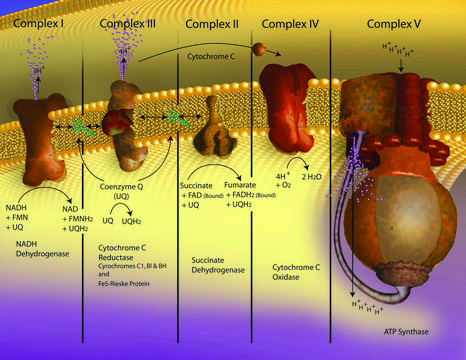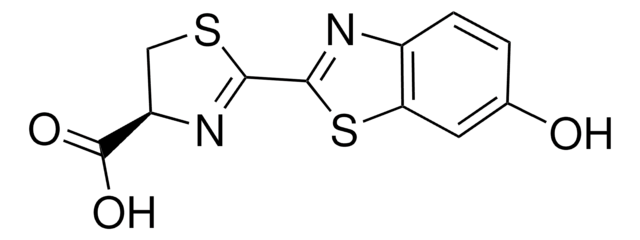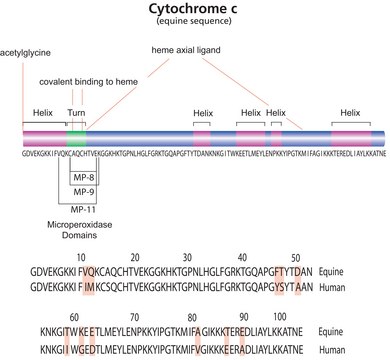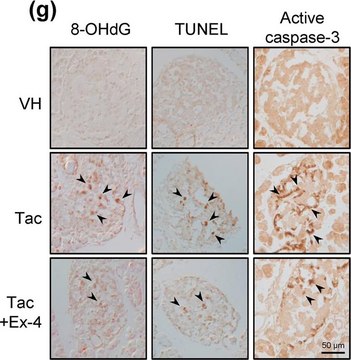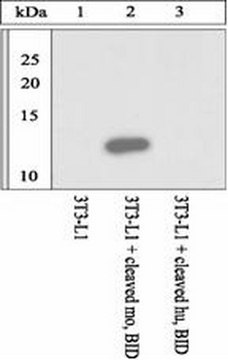C4733
BID, Caspase-8-cleaved from mouse
≥95% (SDS-PAGE), recombinant, expressed in E. coli, buffered aqueous solution
About This Item
Recommended Products
recombinant
expressed in E. coli
Quality Level
assay
≥95% (SDS-PAGE)
form
buffered aqueous solution
UniProt accession no.
shipped in
dry ice
storage temp.
−20°C
Gene Information
mouse ... Bid(12122)
1 of 4
This Item | C1099 | AB10002 | C1224 |
|---|---|---|---|
| assay ≥95% (SDS-PAGE) | assay ≥90% (SDS-PAGE) | assay - | assay ≥85% (SDS-PAGE) |
| recombinant expressed in E. coli | recombinant expressed in E. coli (C-terminal histidine tagged) | recombinant - | recombinant expressed in E. coli (C-terminal histidine-tagged) |
| Quality Level 200 | Quality Level 200 | Quality Level 100 | Quality Level 200 |
| form buffered aqueous solution | form buffered aqueous solution | form - | form buffered aqueous glycerol solution |
| shipped in dry ice | shipped in dry ice | shipped in wet ice | shipped in dry ice |
| UniProt accession no. | UniProt accession no. | UniProt accession no. | UniProt accession no. |
General description
Biochem/physiol Actions
Physical form
Analysis Note
Storage Class
10 - Combustible liquids
wgk_germany
nwg
flash_point_f
Not applicable
flash_point_c
Not applicable
Choose from one of the most recent versions:
Certificates of Analysis (COA)
Don't see the Right Version?
If you require a particular version, you can look up a specific certificate by the Lot or Batch number.
Already Own This Product?
Find documentation for the products that you have recently purchased in the Document Library.
Our team of scientists has experience in all areas of research including Life Science, Material Science, Chemical Synthesis, Chromatography, Analytical and many others.
Contact Technical Service